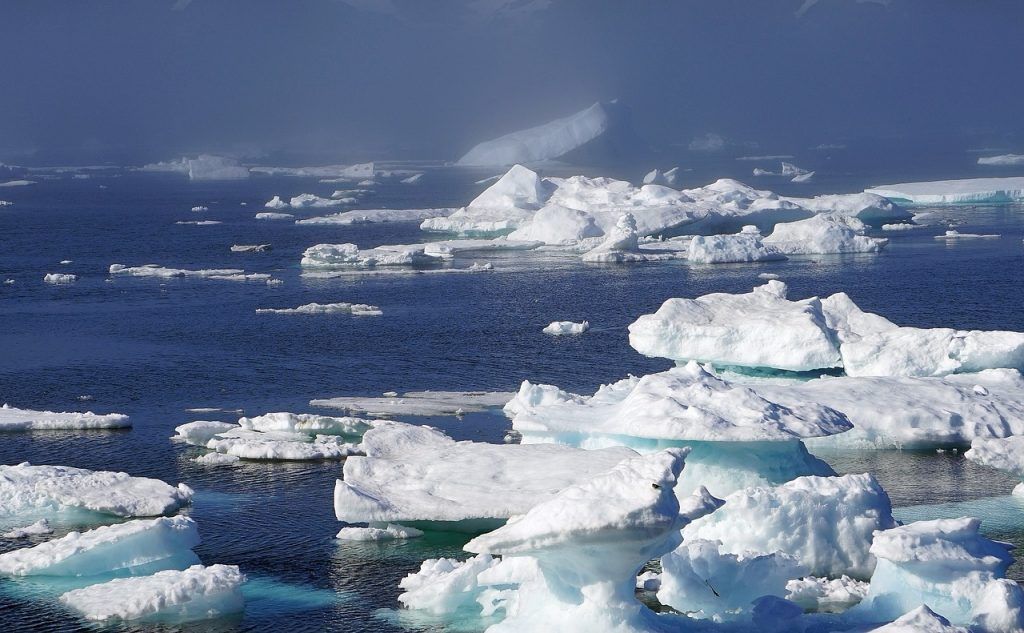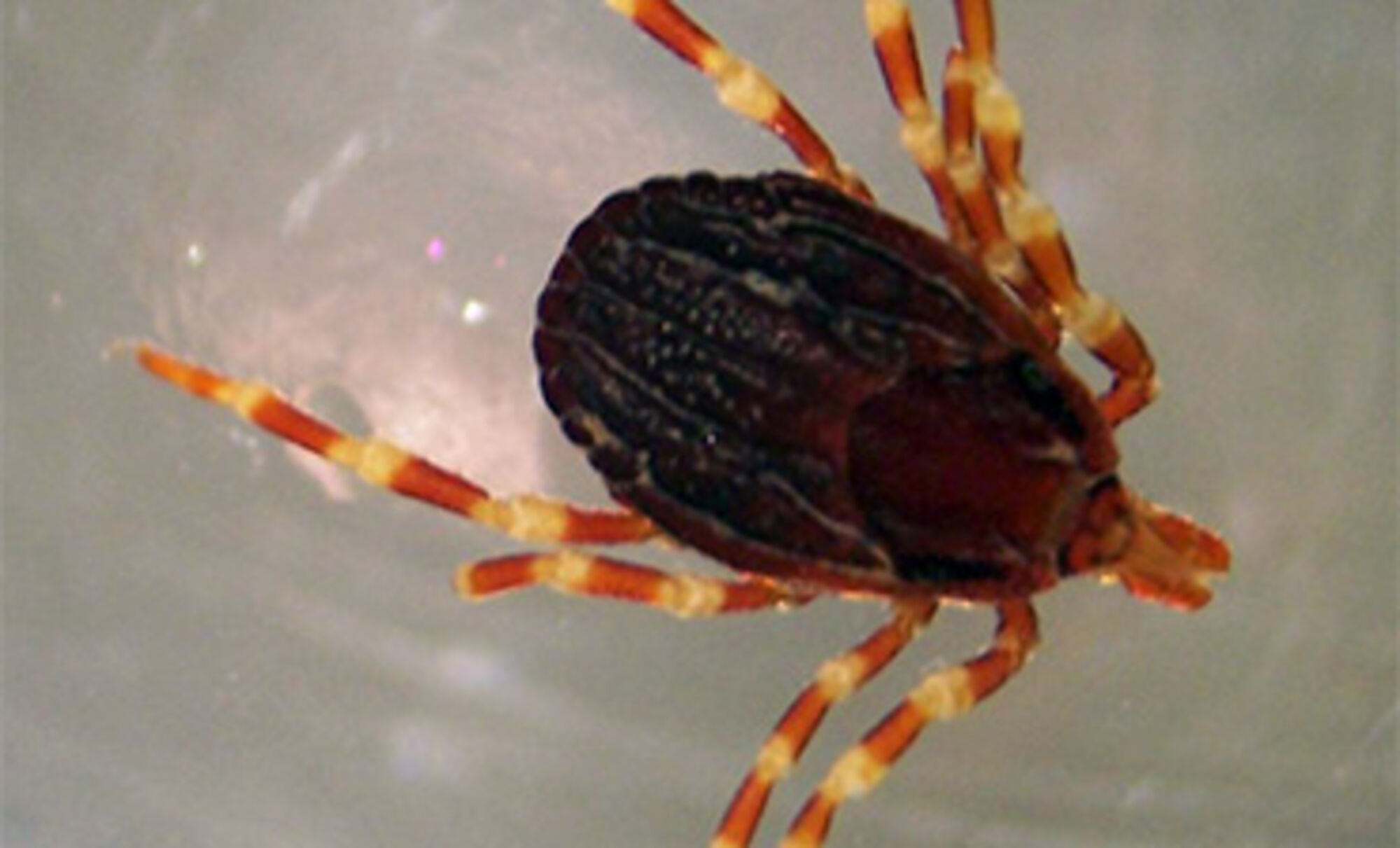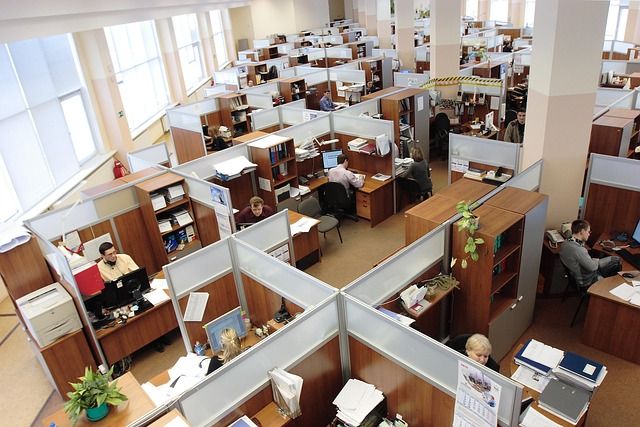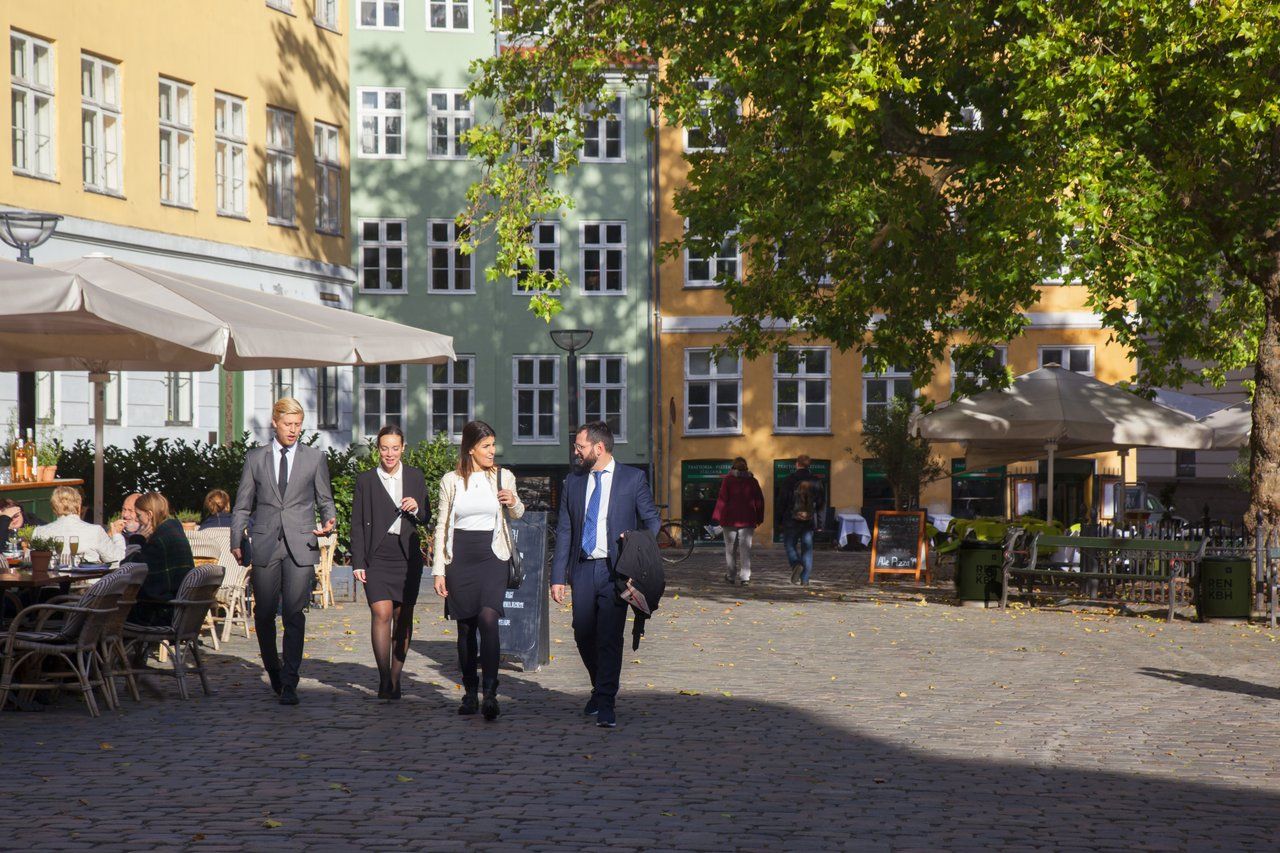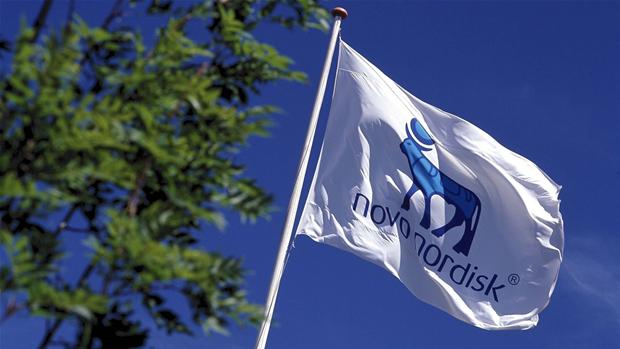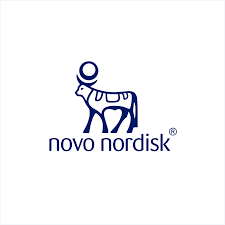Nitrogen gas is called kvælstof in Danish, which literally means strangling matter. Maybe that is the reason for the strangling limitations the government(s) have put on the Danish agricultural sector.
Because of environmental concerns, a severe limitation has been imposed on the discharge of nitrogen into nature – for example, in streams and rivers – to protect the kingdom’s waterways and the sea.
It all started in 1987 when oxygen reductions caused lobsters in the Kattegat to die and become television stars. We couldn’t have that, so a comprehensive effort to reduce nitrogen discharge from farmland was implemented.
Now that policy seems to need rethinking. The association for sustainable agriculture has documented that nitrogen, which makes up 78 percent of the air we breathe, is certainly absorbed in the waters of Denmark. However, only 4 percent seems to originate from Denmark, with the rest coming from a variety of other sources: mainly in Russia and the Baltic states, which are responsible for more than 40 percent.
The restrictions put on the agricultural discharge of nitrogen have caused Danish agricultural products to deteriorate in quality, mainly in protein content. Danish wheat and malt barley now has too little protein to be used in bread and beer, so it has to be replaced by imports from countries that are less restricted in the use of nitrogen fertilisers. Danish wheat contains 9 percent protein but baking requires 14 percent.
The products are so poor that they are not even sufficient for animal food. Hence Denmark imports huge quantities of soy protein from South America, where barely anyone has ever called nitrogen an environmental hazard.
That makes animal food more expensive and Danish pig farmers are sending fewer pigs to slaughter. Instead, the small pigs are exported to Germany, which is operating on a more competitive cost level. The Danish slaughter industry is cutting jobs and closing slaughterhouses. So much for the bacon that once made the nation proud.
On top of that, it is costing us dearly. The price is more than 6 billion kroner per year, for little, if any, effect.
Once again the balance between goals and means seems to be ready for a makeover. With more fertiliser we could improve quality and quantity, import less, keep industry going and do no more harm to the environment – we might even do less.
If it is in the name: change it! As the chairman of the small farmers’ association once said: “It is people’s own fault if they are cheerful – there is enough to be sad about.”


